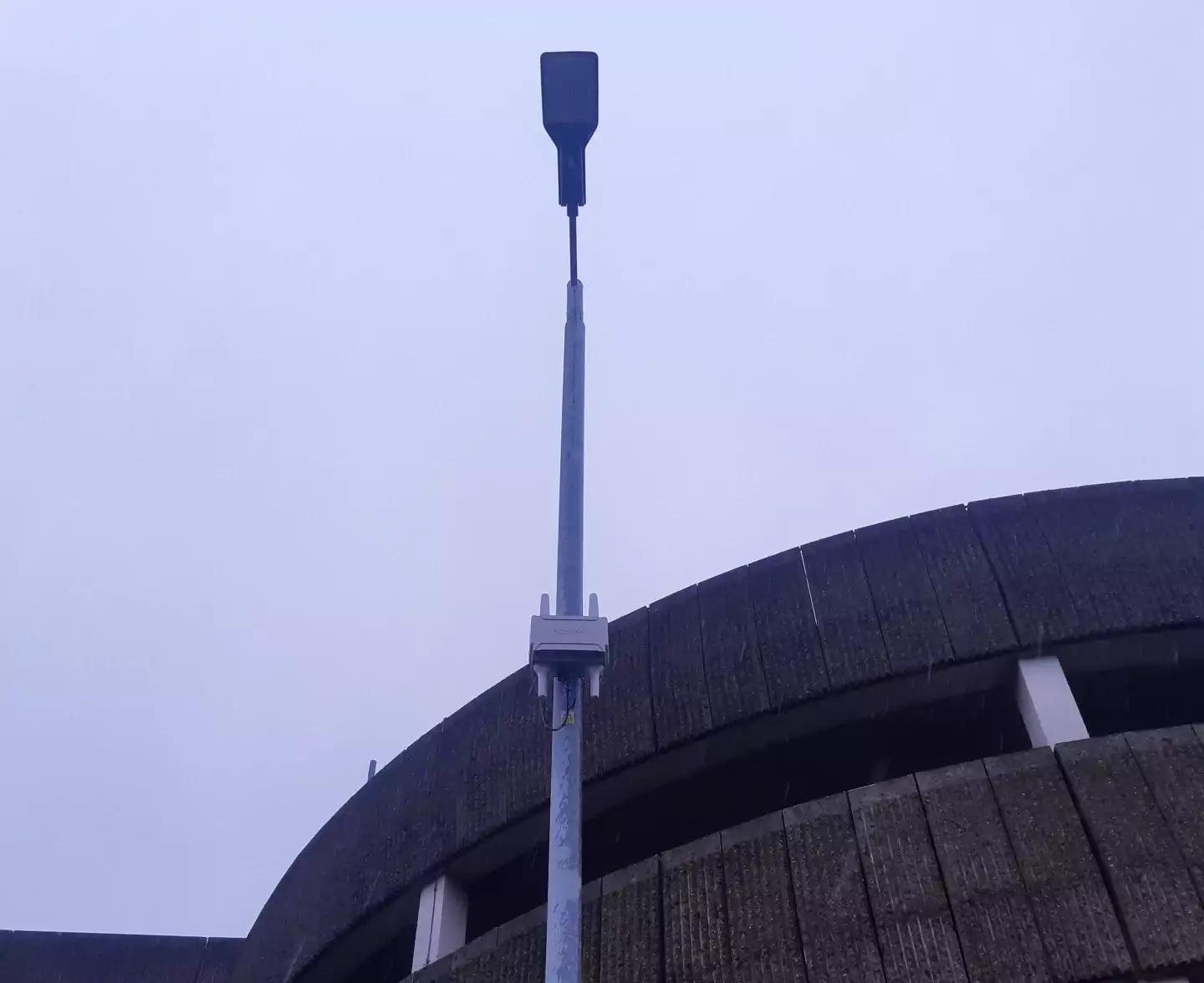EE has deployed 200 new small cells across its UK network to boost capacity in high demand areas, allowing customers to benefit from download speeds up to 300Mbps.
BT is partnering with local authorities in towns and cities across the UK to boost mobile coverage by mounting small cell antennas on street furniture such as lampposts and CCTV columns. The company is also using its own assets, including phone boxes and its Street Hub 2.0 digital units, so its mobile arm EE can house hundreds of small cells to boost capacity in high demand areas.
Small cells are mobile radio cells that help to provide better coverage for customers at street level, where it’s often impractical to build larger sites. Located on a variety of existing street assets, including BT’s iconic red telephone boxes, the units offer discreet boosters for coverage and are part of EE’s investment to maintain the UK’s best network.
Working in partnership with Nokia, EE uses advanced network analytics to identify areas where small cells will deliver a boost to network performance. A 4G small cell solution is then deployed which uses multiple spectrum bands to give a better experience.
EE’s licenced 1800MHz and 2600Mhz spectrum bands are coupled with unlicenced 5GHz spectrum, to deliver standout speeds in densely congested areas. Working with local authorities, EE is making use of existing street assets to minimise their impact, including lamp posts, CCTV columns and BT phone boxes.
David Salam, Director of Mobile Networks, EE:
“EE has been the number one network for eight years running and we are committed to maintaining the best possible customer experience. Investment and innovation are the key to consistent network improvement and this partnership with Nokia, to deploy small cells to support our 4G – and in the future, 5G – network, is a new solution to maintain our network leadership in the UK.”

The small cells will be deployed across the UK including the following areas:
- Birmingham
- Croydon
- Edinburgh
- Glasgow
- Leeds
- Greater London (including numerous London boroughs)
- Greater Manchester
- Newcastle
- Nottingham
- Leicester
- Cardiff
Hundreds more small cell deployments are planned in the next 18 months, as EE uses the technology to bring additional network capacity to more locations, including some summer hotspots.
EE will also see its use of small cells extend to its 5G network, with trials expected to begin soon. Nokia’s AirScale portfolio can also be seamlessly upgraded to 5G.
Mark Atkinson, SVP, Radio Access Networks PLM at Nokia:
“We are proud to partner with EE to realise the deployment of high-capacity small cells across the UK. Nokia’s extensive portfolio of outdoor and indoor small cells provides premium 4G and 5G performance in dense urban and in-building environments.
EE customers will enjoy the very best 4G and 5G network connectivity regardless of location and we look forward to supporting this journey.”
EE was the first UK network to combine unlicensed and licensed spectrum in a single 4G small cell. Using Licensed-assisted access (LAA) allows network operators to exploit the additional capacity of 5GHz spectrum for a downlink to the mobile phone. Not only does this provide additional capacity but also improves the quality of service of key mobile functions, such as video streaming.



